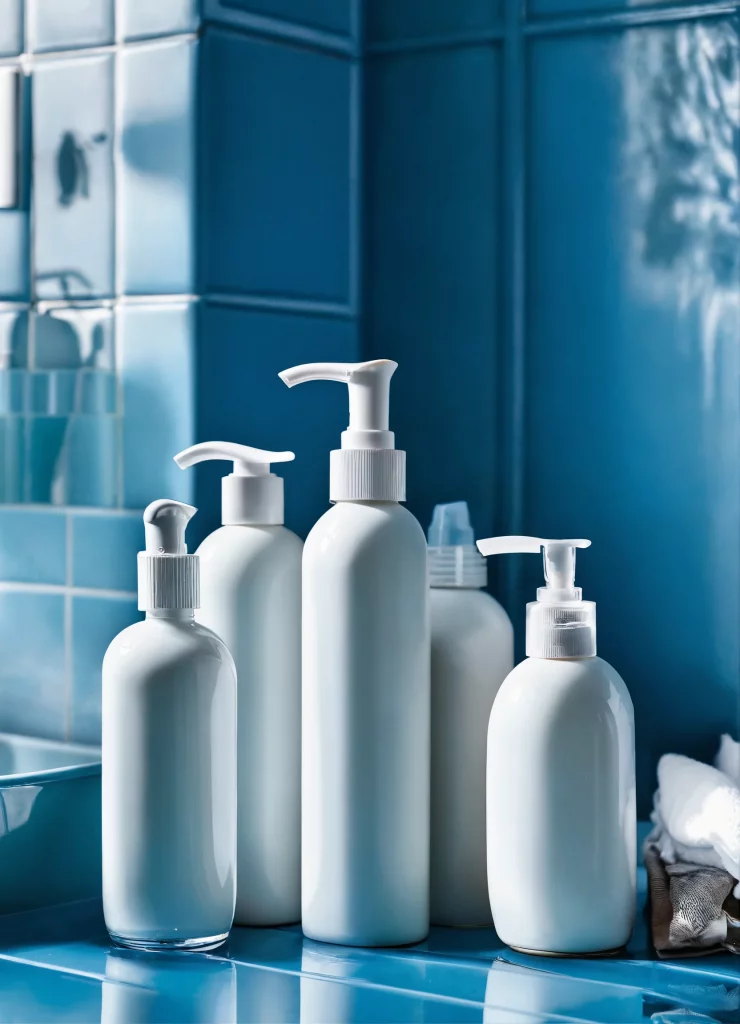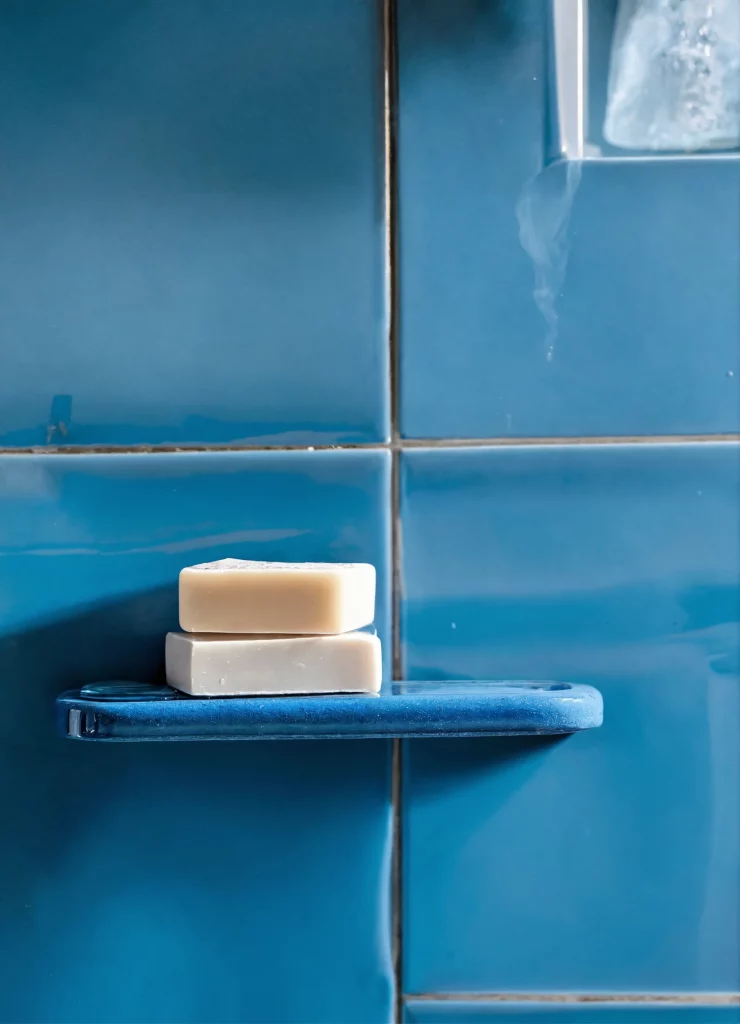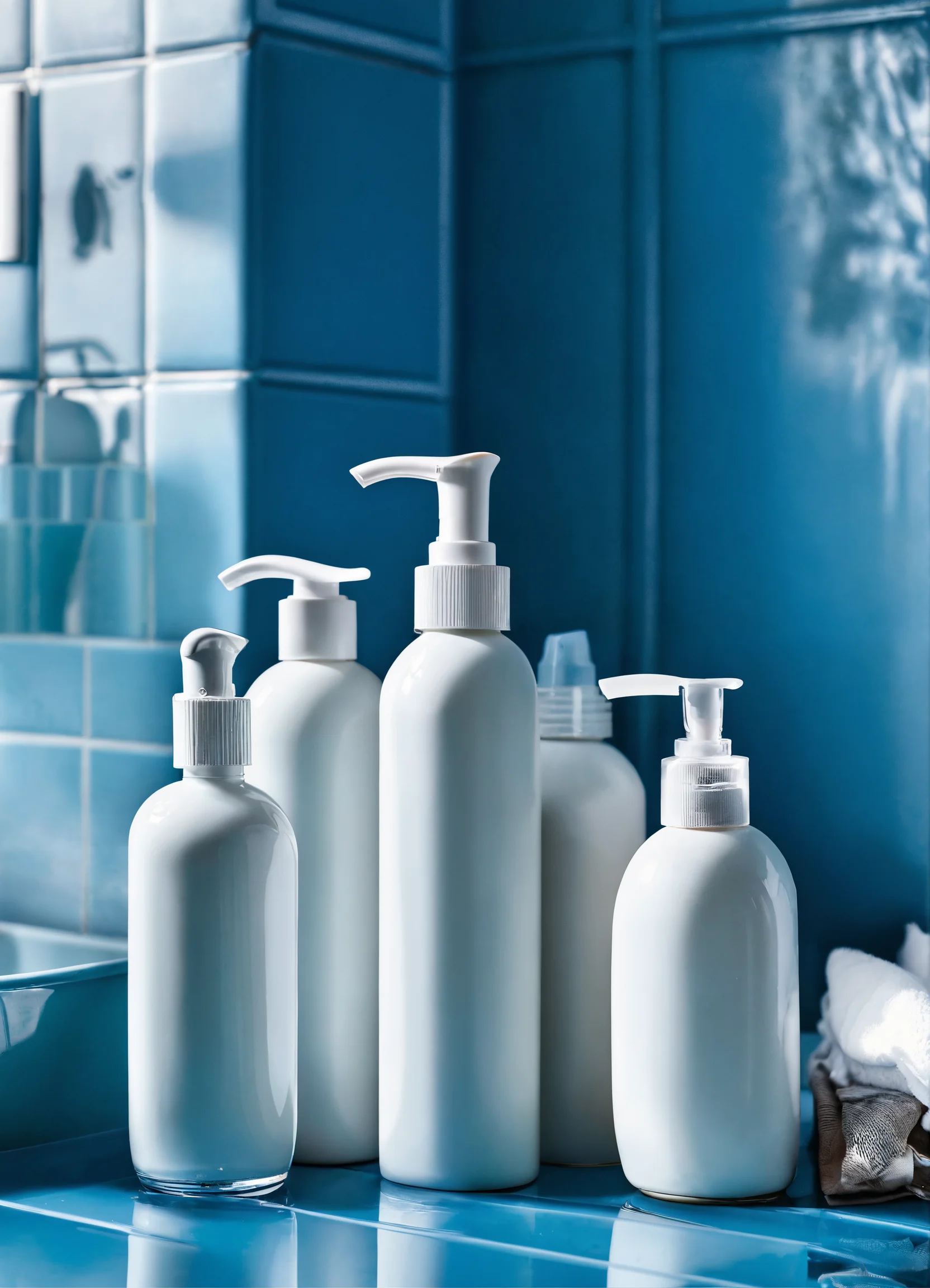In short: pH can be surprisingly important if you want to avoid damaging your skin.
We know that our skin is protected by a hydrolipid (more precisely, acid) mantle – it prevents allergens and pathogens from penetrating. This mantle functions properly when its original environment is maintained, which can be assessed using the hydrogen ion concentration, or pH. The pH is measured on a scale from 0 to 14. The midpoint, 7, is considered neutral. Anything below 7 is acidic, and anything above is alkaline. The pH of our skin is slightly acidic, with the surface and upper layers being around 4.7. An interesting fact: lemon juice has a pH of 2 (very acidic), while most soaps have a pH of 9 (alkaline).

For our skin to be as comfortable as possible, a skincare product should fall within the pH range of 4 to 7, though slightly lower or higher is acceptable. Minor disruptions to the skin’s pH (for example, from using AHA/BHA/PHA acids with an average pH of 3.5, or a mineral sunscreen with a pH of 7.5) are not too concerning. The skin restores its normal pH level within a few hours. This brings to mind the recommendation from many cosmetologists to use a toner to restore the skin’s pH after washing. However, tap water has a neutral or slightly alkaline pH, and the skin quickly recovers on its own. So, there’s no need to rehabilitate your face after washing.

When we use highly acidic products (pH 2.5 and below – common in peels) or alkaline products (pH 9 and above – typically soaps), it leads to a significant disruption of the hydrolipid mantle. It then takes more time to return to “normal.” Externally, this can manifest as breakouts (purging), increased dryness and tightness of the skin, redness, or even eczematous reactions. It is not recommended to use products with very high or very low pH daily. This is also why dermatologists do not recommend using soap as a cleansing agent.
Given how variable the pH level of each individual can be (influenced by several endogenous factors: skin moisture, sweat, sebum, genetic predisposition, age, chronic skin conditions such as acne, psoriasis, atopic dermatitis, rosacea), it is possible that in the future, our skincare routines will depend on this number and adapt accordingly.


Leave a Reply